Artificial Intelligence has reached countless industries, revolutionizing established processes and contributing to a major shift in our daily lives. Previously, we explored the different meanings gave upon Artificial Intelligence, as well as its historical context in which we can place it. Undoubtedly, AI is not a completely new technology, but it is new for an audience that had not experienced it before.
The integration of AI in architecture is opening new opportunities and challenging the boundaries of creativity and efficiency in the design and construction of spaces. It involves the use of algorithms and advanced technologies to automate tasks, analyze data, generate designs, optimize processes, and improve decision-making throughout the lifecycle of an architectural project. From generating conceptual designs to urban planning, energy simulation, construction optimization, and maintenance management, AI is revolutionizing how architects and design professionals approach the challenges of the built environment. In this context, AI presents itself as a powerful tool to drive innovation and sustainability in architecture, improving efficiency, functionality, aesthetics, and user experience in the built spaces of the 21st century.
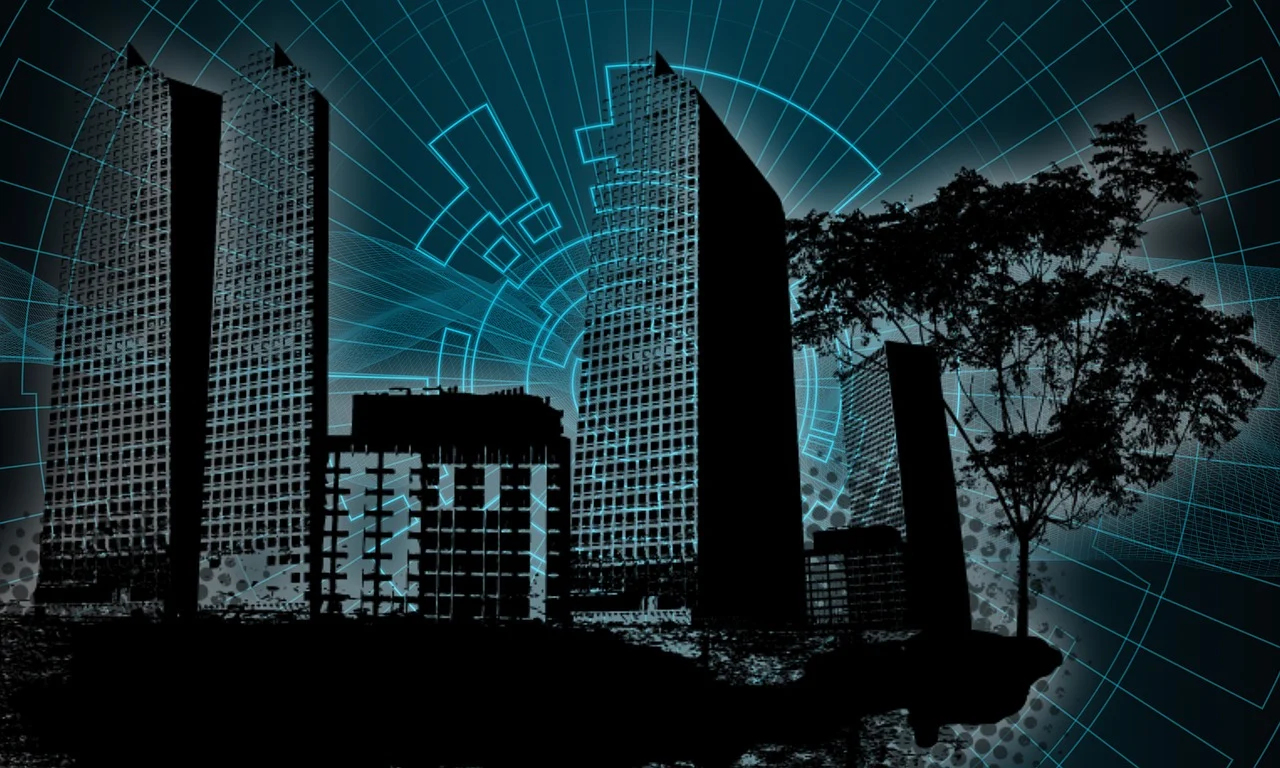
As we navigate through these changes and challenges, the progress we experience is evident in the creation of software and tools that prove to be of great support for creatives, architects, and designers. Among these tools, we can mention those that have been most widely adopted in the field of architecture:
ARK Design: The first artificial intelligence platform that creates architectural schematic designs. Using advanced machine learning algorithms, Ark Design streamlines and improves the architectural design process, allowing architects to make better and faster decisions. From concept to construction, it designs the most cost-effective configurations, optimizing density and profitability.
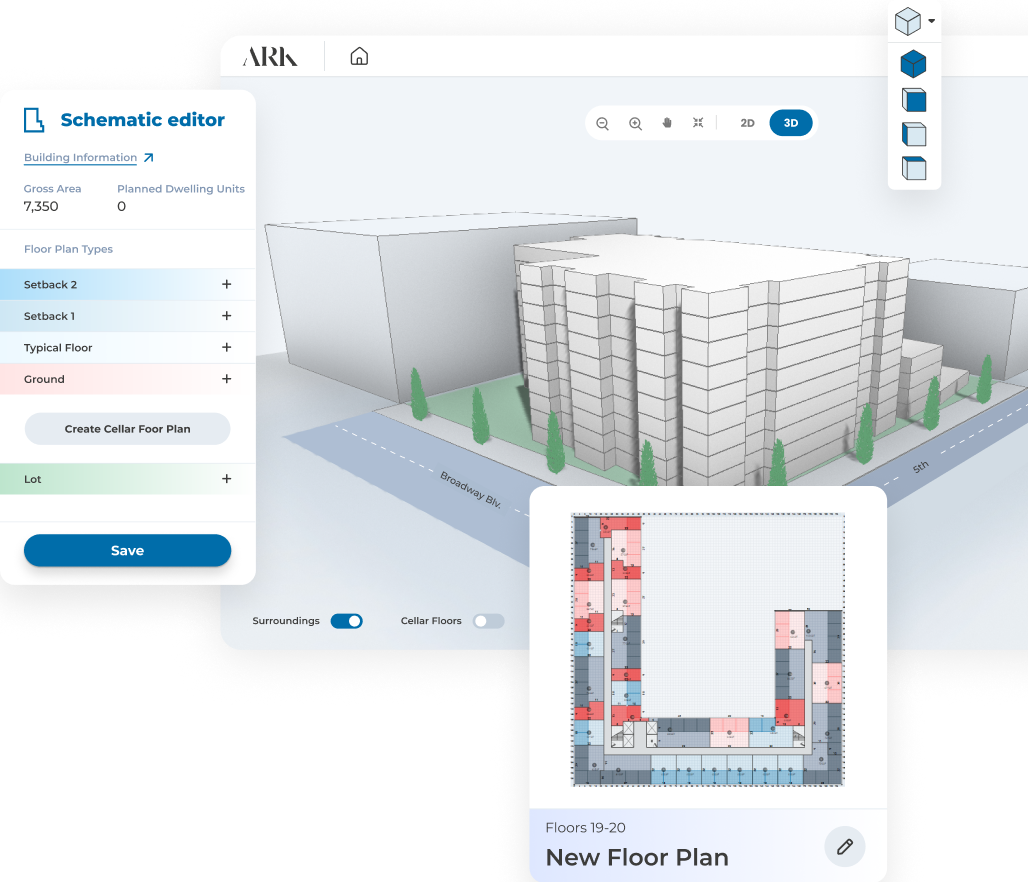
Image by ARK Design.
In summary, ARK Design is an AI-assisted design tool that combines human creativity with the power of machine learning technology to help designers efficiently and effectively create and visualize design concepts. It includes features such as data analysis, intuitive design tools, real-time visualization, and team collaboration capabilities.
ARCHITEChTURES: is an AI-powered web tool that helps residential building designers reduce design time. The platform allows users to generate highly customized designs in minutes, creating detailed plans that incorporate building regulations, zoning requirements, and other site criteria. ARCHITEChTURES also provides access to a library of pre-designed components, further streamlining the design process.
It offers a variety of useful features such as smart object placement, instant feedback on rule violations, material selection tips, cost estimation tools, and 3D visualizations. This allows architects to quickly understand the potential of their project while making faster decisions that are specifically tailored to their needs and budget.

Image by ARCHITEChTURES.
Midjourney: is an AI-powered tool that generates images from text. It is known for its ability to create hyperrealistic environments and its accessibility for architects, designers, and other creatives, and has gained popularity on the internet. Launched in mid-2022, it operates with a technology similar to Stable Diffusion, allowing users to obtain a visual representation of their ideas in a virtual environment.
This platform creates 3D renderings from existing photos or sketches and allows for real-time visualization of projects that incorporate natural elements such as water, rocks, and vegetation. Midjourney can design complex landscapes in a matter of minutes without the need for manual editing. Moreover, it provides an innovative way to generate photorealistic images from scratch, without requiring prior knowledge or experience in 3D modeling software.
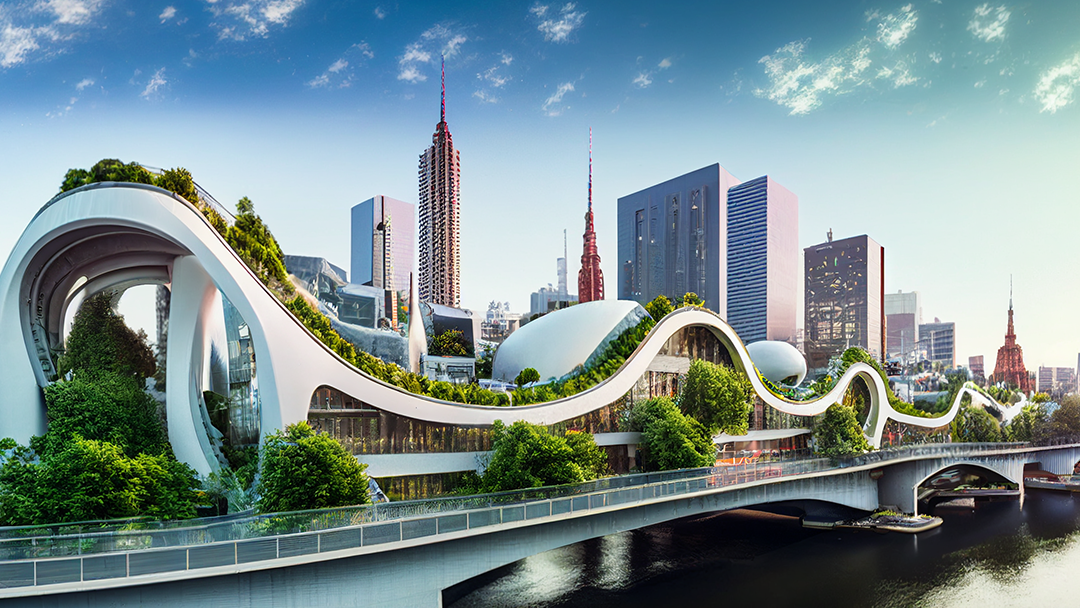
Image courtesy of Manas Bhatia, created in Midjourney.
In summary, MidJourney is a platform that generates images based on the text you input into the software. You simply describe your idea using a series of keywords, and the program interprets the keywords you input and creates a unique piece of art using artificial intelligence.
Sidewalk Labs: is an urbanism and technology company based in New York, United States. The company is a subsidiary of Alphabet Inc., the parent company of Google, and focuses on developing technological solutions to address urban challenges in 21st century cities. The company’s mission includes improving urban life through innovation and technology, using data and technology to address urban issues such as mobility, sustainability, housing, and urban planning.

Sidewalk Labs uses Artificial Intelligence through data analysis from sensors, mobility, demographic, and other relevant data to make informed decisions about the planning and design of smart cities.
It is also used in virtual modeling of neighborhoods and cities, develops smart mobility solutions, public transportation, traffic management algorithms, and real-time data-based route planning applications, and seeks improvements in urban services such as energy management and more sustainable processes.
These are some examples that, as architects and designers, we can access today to contribute to the improvement of our processes. Artificial Intelligence is a technology that is constantly changing and growing, so there will be tools developed that leverage the creativity of designers and the power of AI in the fields of design, architecture, and urban planning.


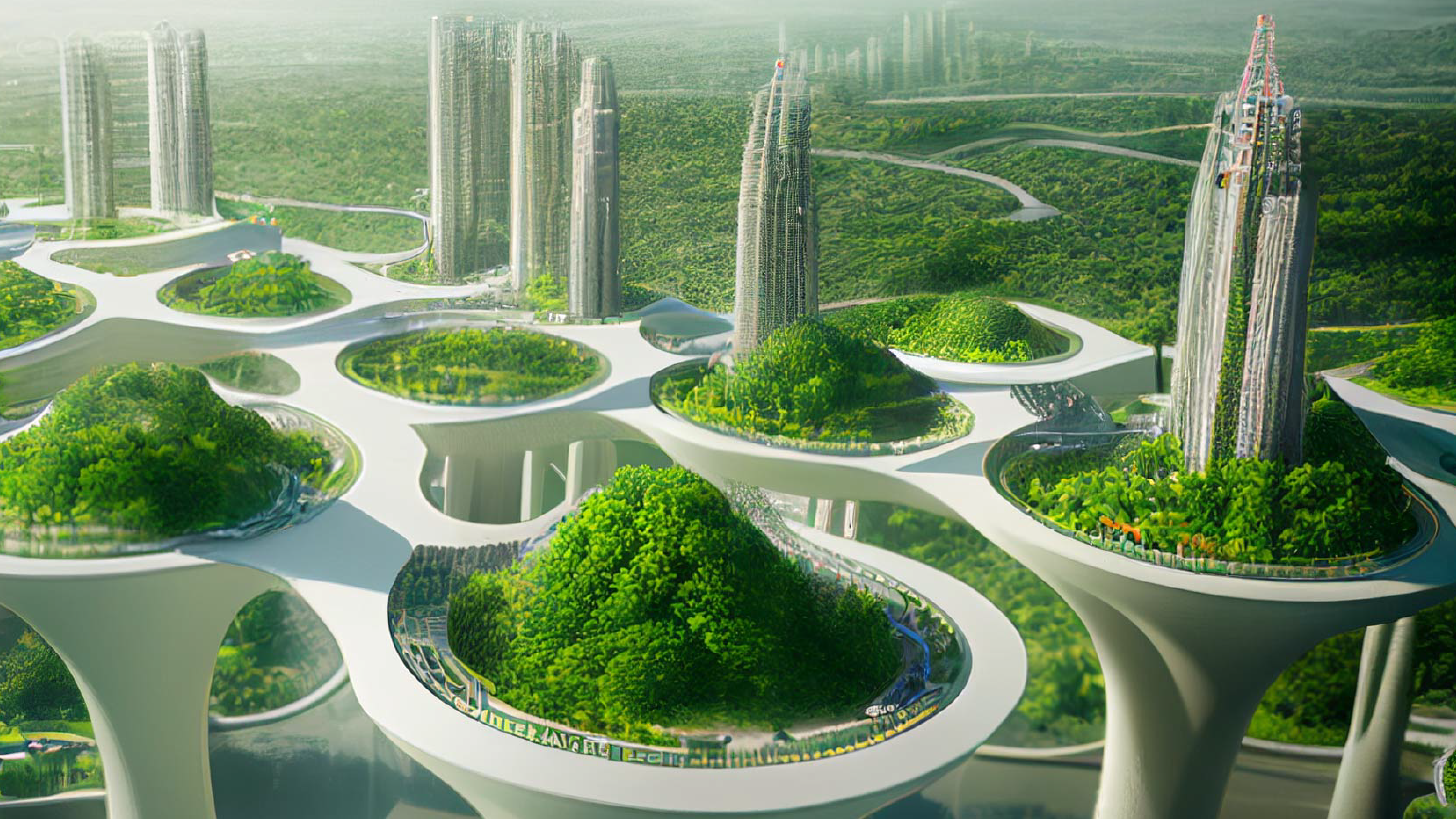

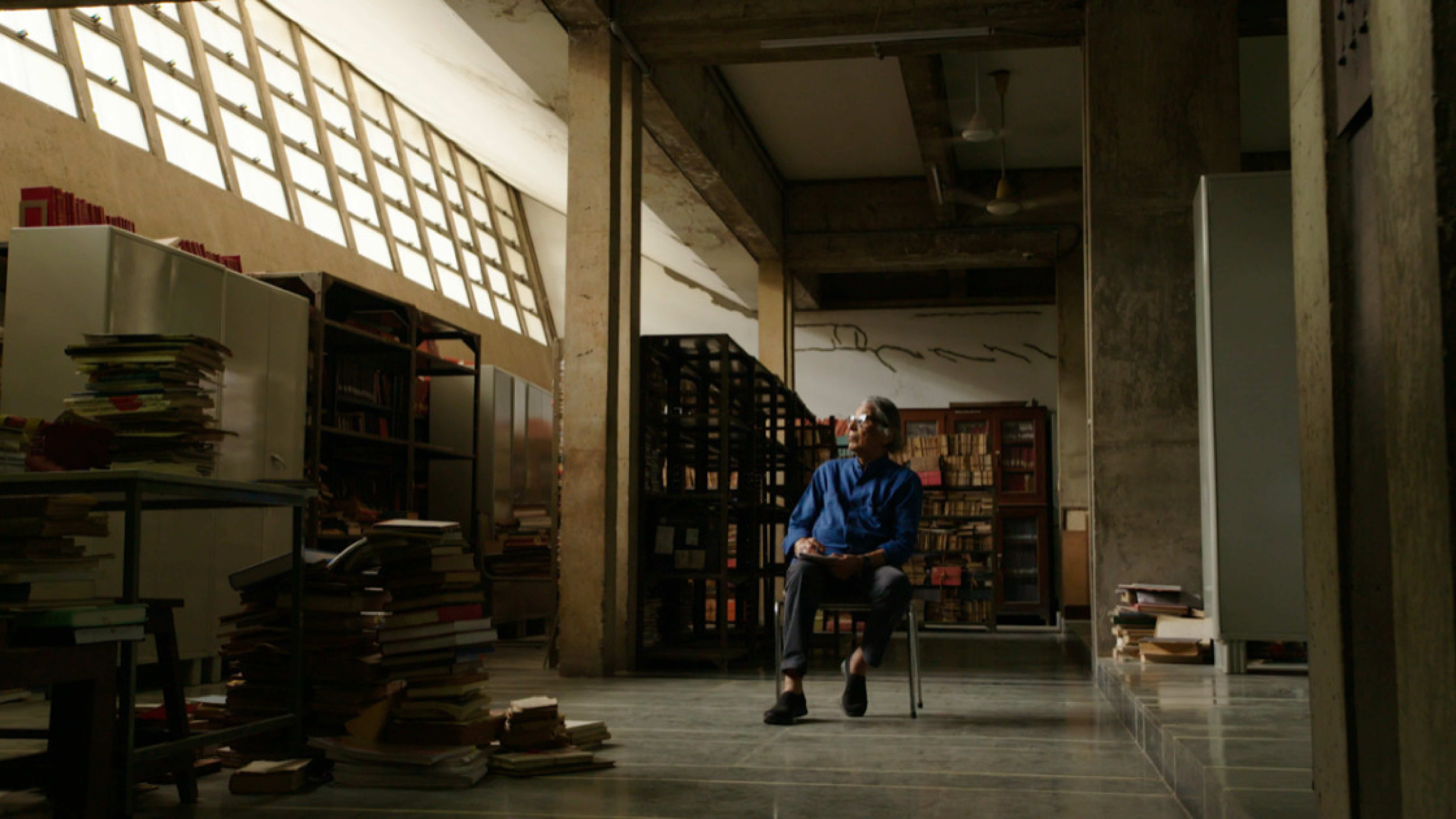
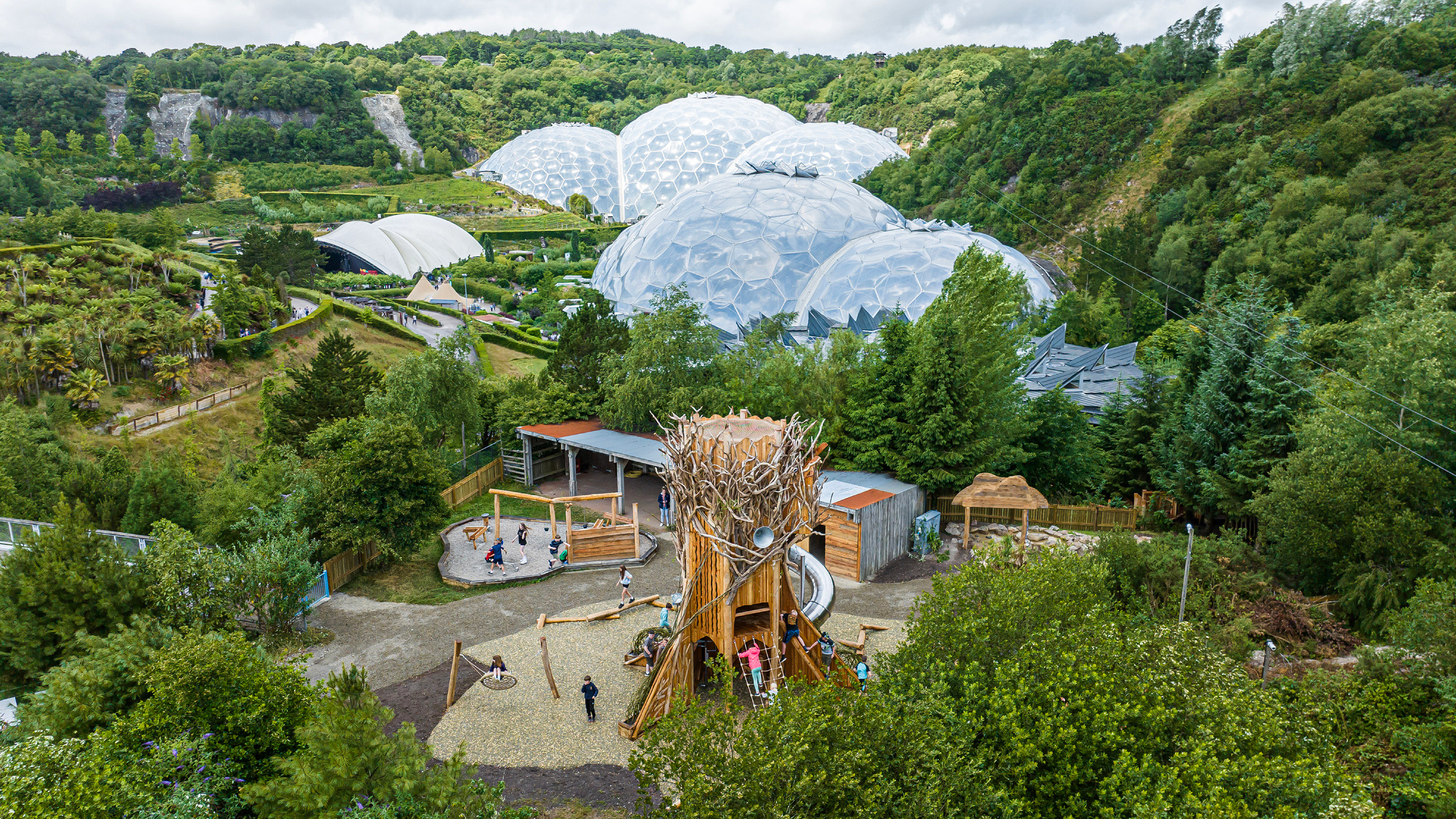

👍